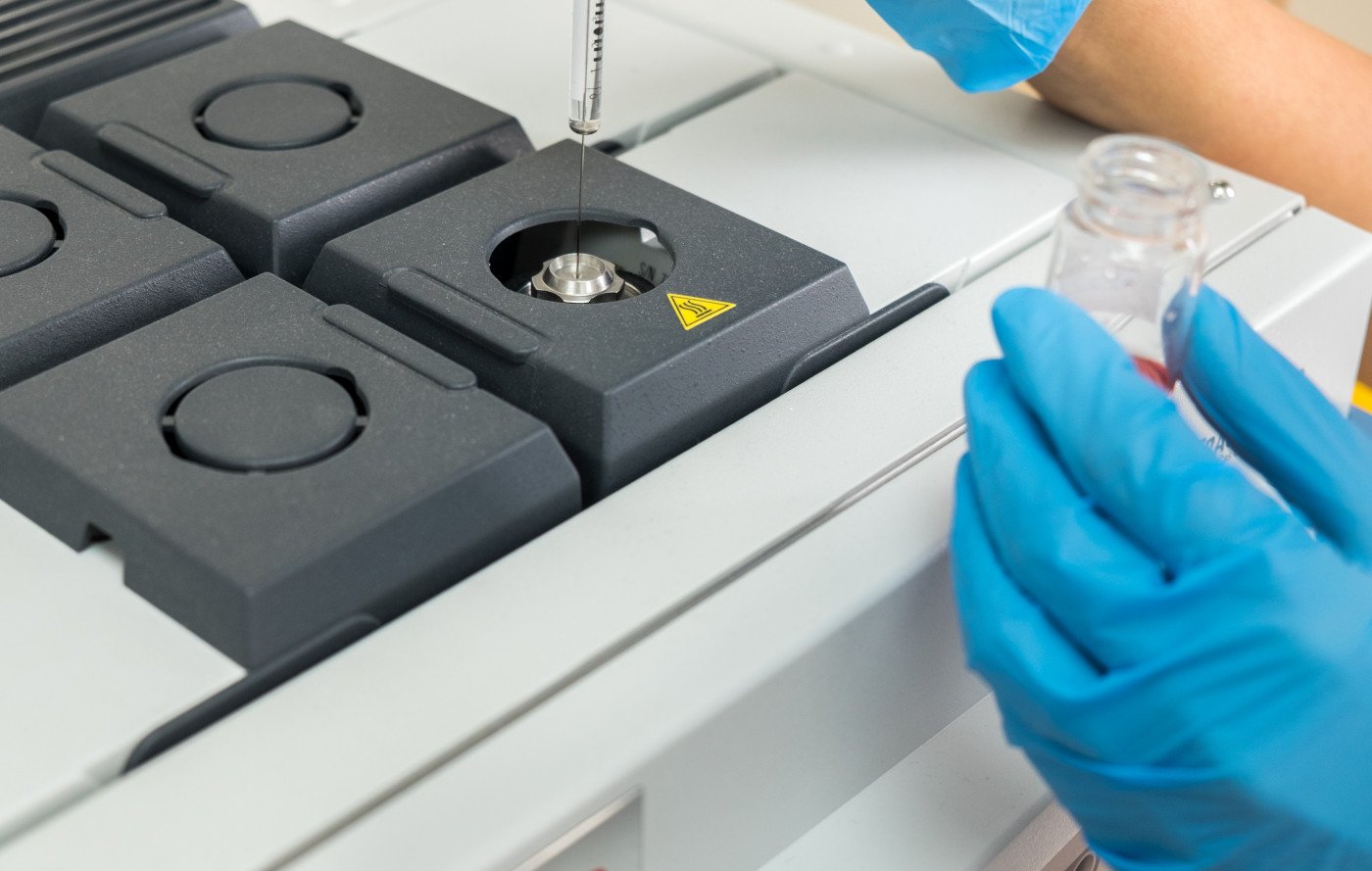Simple Saliva Test Can Monitor Hypercortolism in Cushing’s, Researchers Say

A test for cortisone in saliva, collected late at night, or early in the morning after suppression with dexamethasone, was found to be accurate for measuring high levels of cortisol (hypercortisolism), which are believed to cause Cushing’s syndrome.
This suggests that only a simple, non-invasive test is needed to monitor patients with Cushing’s syndrome.
The study, titled “Clinical utility of late-night and post-overnight dexamethasone suppression salivary cortisone for the investigation of Cushing’s syndromeectopic ACTH syndrome,” was published in the Hong Kong Medical Journal.
The investigators set out to design a saliva test that was as accurate as standard, more invasive methods for detecting hypercortisolism, which is important for managing Cushing’s. Saliva samples are easier to collect than blood or 24-hour urine samples.
The research included 115 patients who were tested for hypercortisolism using standard procedures. Only 21 of them had hypercortisolism. Among the 21 subjects who had hypercortisolism, seven had adrenal Cushing’s, four pituitary Cushing’s, three ectopic ACTH syndrome (a type of Cushing’s syndrome), one adrenocortical carcinoma (a cancer that can cause Cushing’s), and six had subclinical Cushing’s (a diagnosis of Cushing’s without signs of the disease). Normal levels of cortisol (eucortisolism) were found in 78 of the test subjects.
The researchers compared the results of several test methods for measuring saliva concentrations of either cortisol or cortisone. Cortisone is an inactive form of cortisol and is chemically modified in the body to produce cortisol.
The study found that suppressing cortisone with dexamethasone, a drug that lowers cortisol levels, taken between 11 p.m. and midnight, before saliva collection the next day, was the most accurate of the saliva tests investigated, along with testing of a saliva sample taken late at night, without dexamethasone suppression.
They called the two tests “post-overnight dexamethasone suppression salivary cortisone test” and “late night cortisone salivary test.” Cortisol in saliva also was tested this way, but the results did not compare as well with standard methods.
The availability of liquid chromatography-tandem mass spectrometry (LC-MS/MS), a chemical method used to separate chemicals found in a substance (saliva in this case), and then measuring their concentrations, makes the test feasible for use in managing Cushing’s syndrome.
The authors point out that LC-MS/MS is a more precise measurement of cortisol and cortisone than other techniques currently in use, and results can more easily compare between different centers that use this method. Furthermore, it can detect very low concentrations of the two steroids.
“In comparison with salivary cortisol, salivary cortisone had a better correlation with total serum cortisol and better diagnostic performance following dexamethasone suppression,” the team noted.
“Our study showed that salivary cortisone can become the analyte of choice for investigating Cushing’s syndrome in the era of LC-MS/MS,” they concluded. “Both late-night and post-overnight dexamethasone suppression salivary cortisone levels are of diagnostic value in the investigation of hypercortisolism.”





